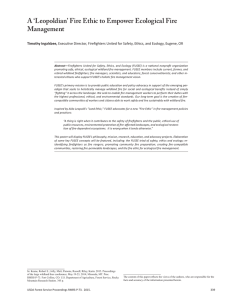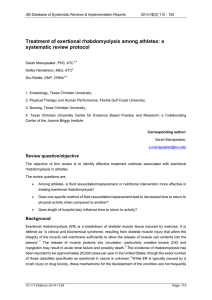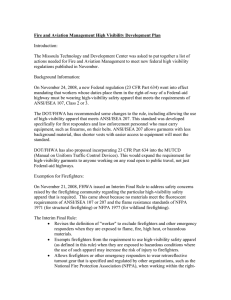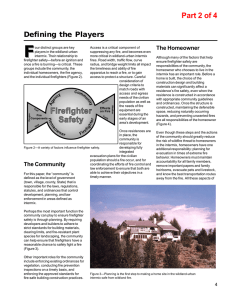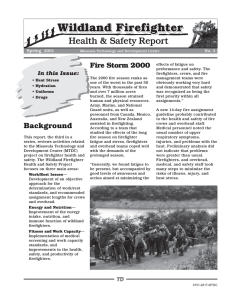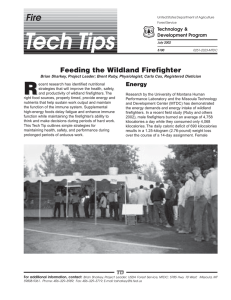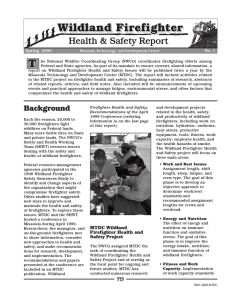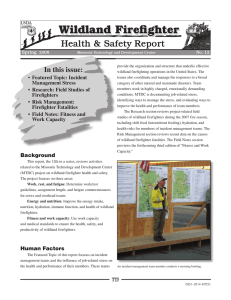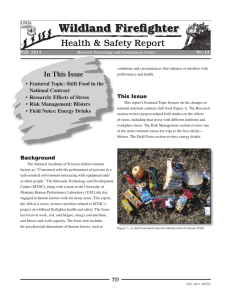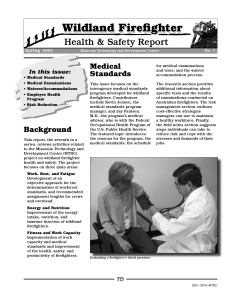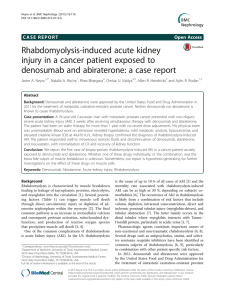-
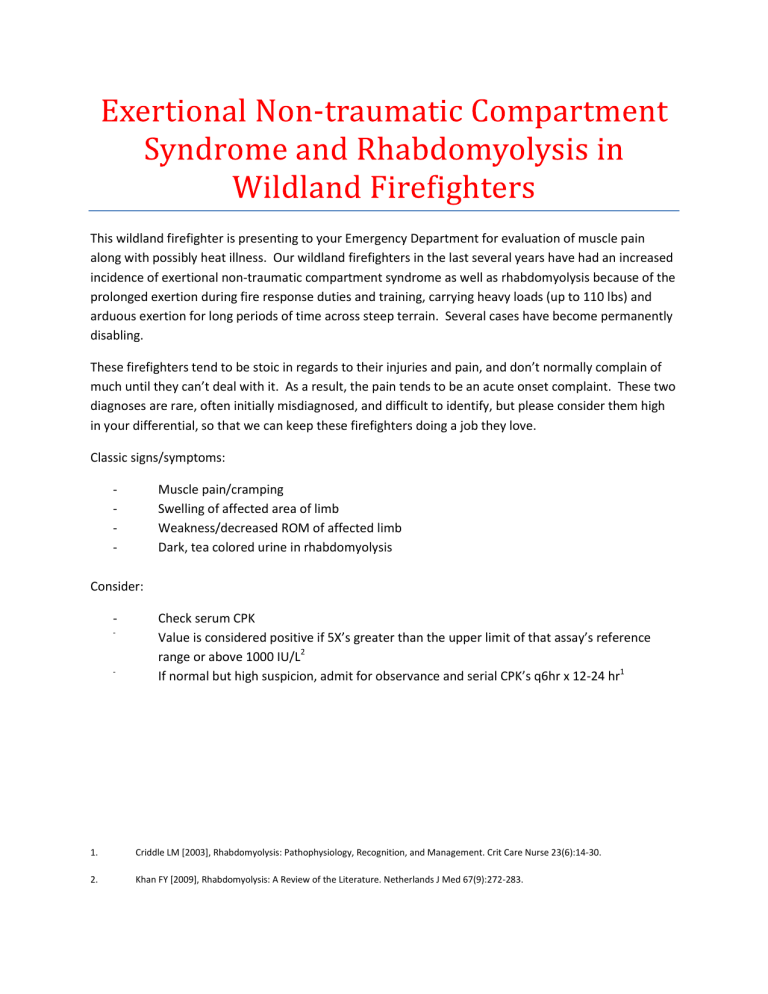
-
1.
2.
This wildland firefighter is presenting to your Emergency Department for evaluation of muscle pain along with possibly heat illness. Our wildland firefighters in the last several years have had an increased incidence of exertional non-traumatic compartment syndrome as well as rhabdomyolysis because of the prolonged exertion during fire response duties and training, carrying heavy loads (up to 110 lbs) and arduous exertion for long periods of time across steep terrain. Several cases have become permanently disabling.
These firefighters tend to be stoic in regards to their injuries and pain, and don’t normally complain of much until they can’t deal with it. As a result, the pain tends to be an acute onset complaint. These two diagnoses are rare, often initially misdiagnosed, and difficult to identify, but please consider them high in your differential, so that we can keep these firefighters doing a job they love.
Classic signs/symptoms:
-
-
-
-
Consider:
Muscle pain/cramping
Swelling of affected area of limb
Weakness/decreased ROM of affected limb
Dark, tea colored urine in rhabdomyolysis
-
-
-
Check serum CPK
Value is considered positive if 5X’s greater than the upper limit of that assay’s reference range or above 1000 IU/L
2
If normal but high suspicion, admit for observance and serial CPK’s q6hr x 12-24 hr
1
Criddle LM [2003], Rhabdomyolysis: Pathophysiology, Recognition, and Management. Crit Care Nurse 23(6):14-30.
Khan FY [2009], Rhabdomyolysis: A Review of the Literature. Netherlands J Med 67(9):272-283.


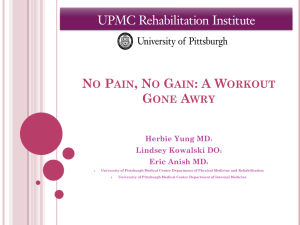

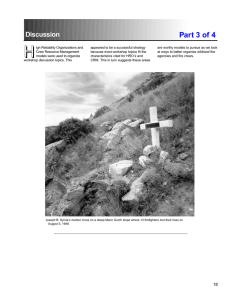
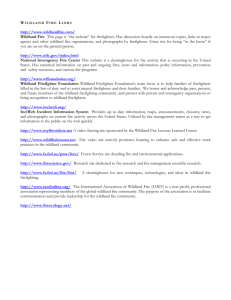
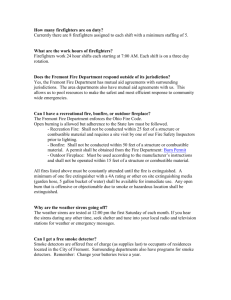
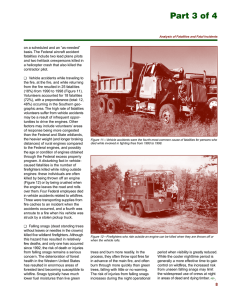
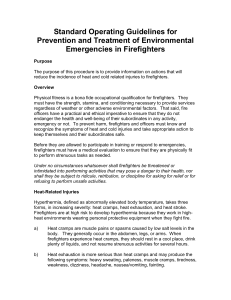
![Week 1 Sim prep Qs- AH[15]](http://s1.studylib.net/store/data/025886076_1-b5b408149989ca6da6206ecd667d14b3-300x300.png)
